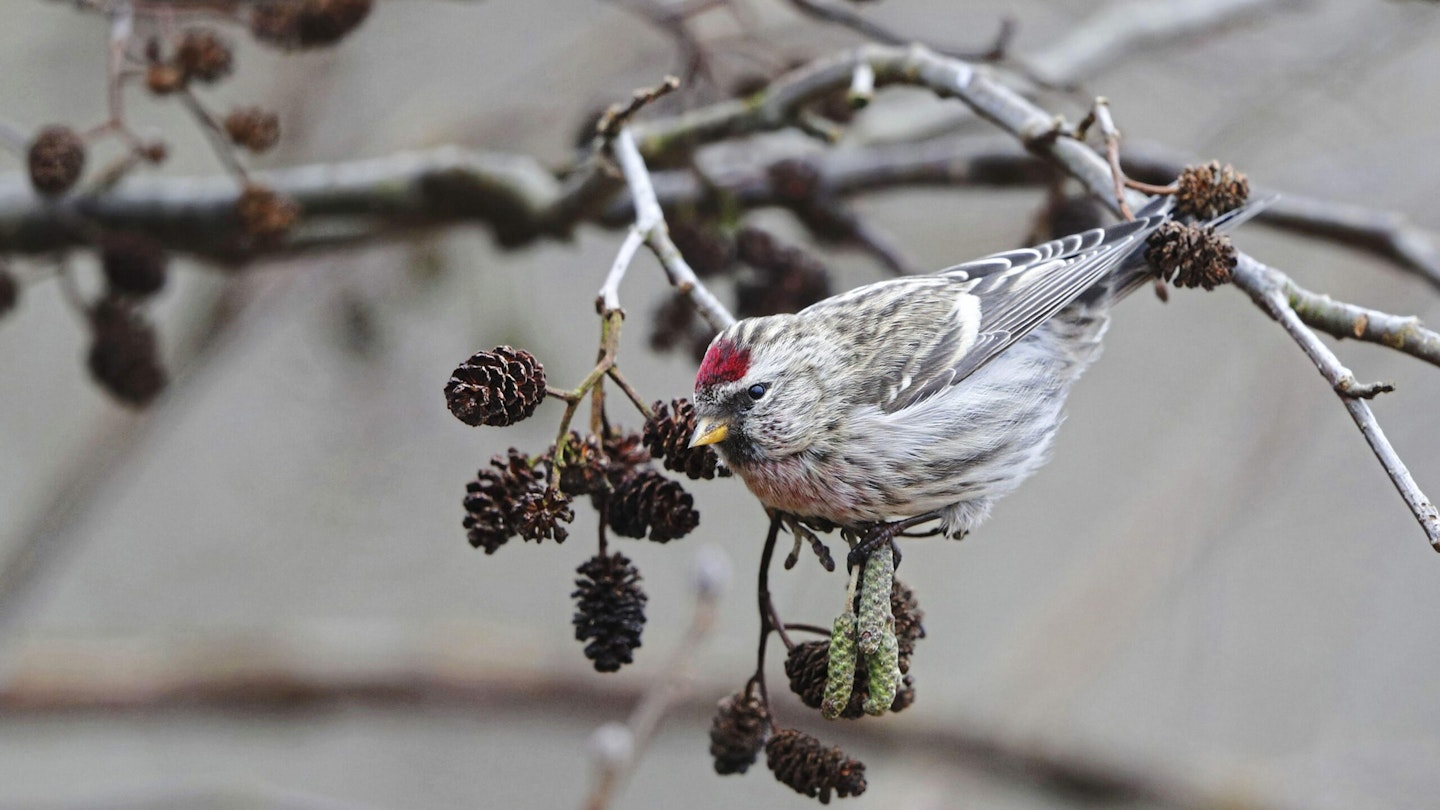The days are short, the nights are long, the weather is cold and Christmas shopping is partly on your mind. But there are still no real excuses for not going out birdwatching. You may even have a chance to boost the old year list one last time! Here are some seasonal treats to consider.
Wigeon
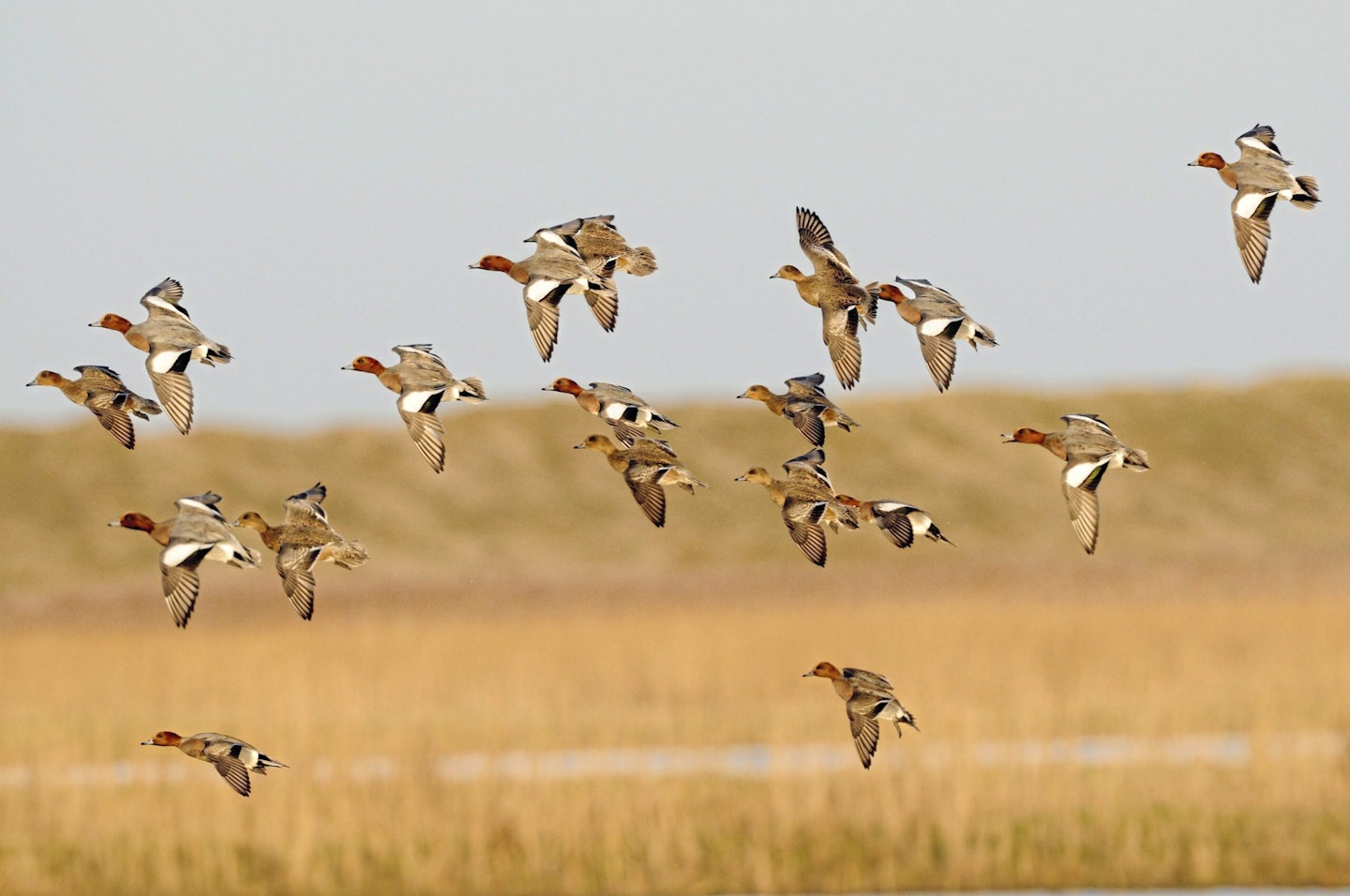
A common duck (wintering population of 450,000 birds) we don’t talk enough about in Bird Watching, the Wigeon is a handsome and pleasing dabbling duck. Though it is a dabbler, it is also a duck which likes to graze out of the water like a goose. Large flocks may gather to crop short grass and other vegetation, with at least one drake whistling the distinctive ‘weeoo’ call at any time. Only drakes have the distinctive orange-red head with a creamy-yellow forehead and crown, pink breast and largely grey body and show the extensively white forewing in flight. Females are plainer, but show an obvious white belly in flight and share the steep forehead and small ‘cute’ blue-grey bill.
Mealy Redpoll

One bird with two names, the Mealy Redpoll also answers to Common Redpoll. But the latter implies that it is the most numerous redpoll, while in the UK, Lesser Redpoll greatly outnumbers ‘Common’ which has a total wintering population of only about 300 birds. Mealies are notably larger than Lesser Redpolls, and are much ‘frostier’ in plumage, lacking the extensive brown and buff tones of their smaller relatives (for instance the transverse wing-bars are white not buff). It really helps if there is a mixed flock and the size and colour differences are clear.
Redwing
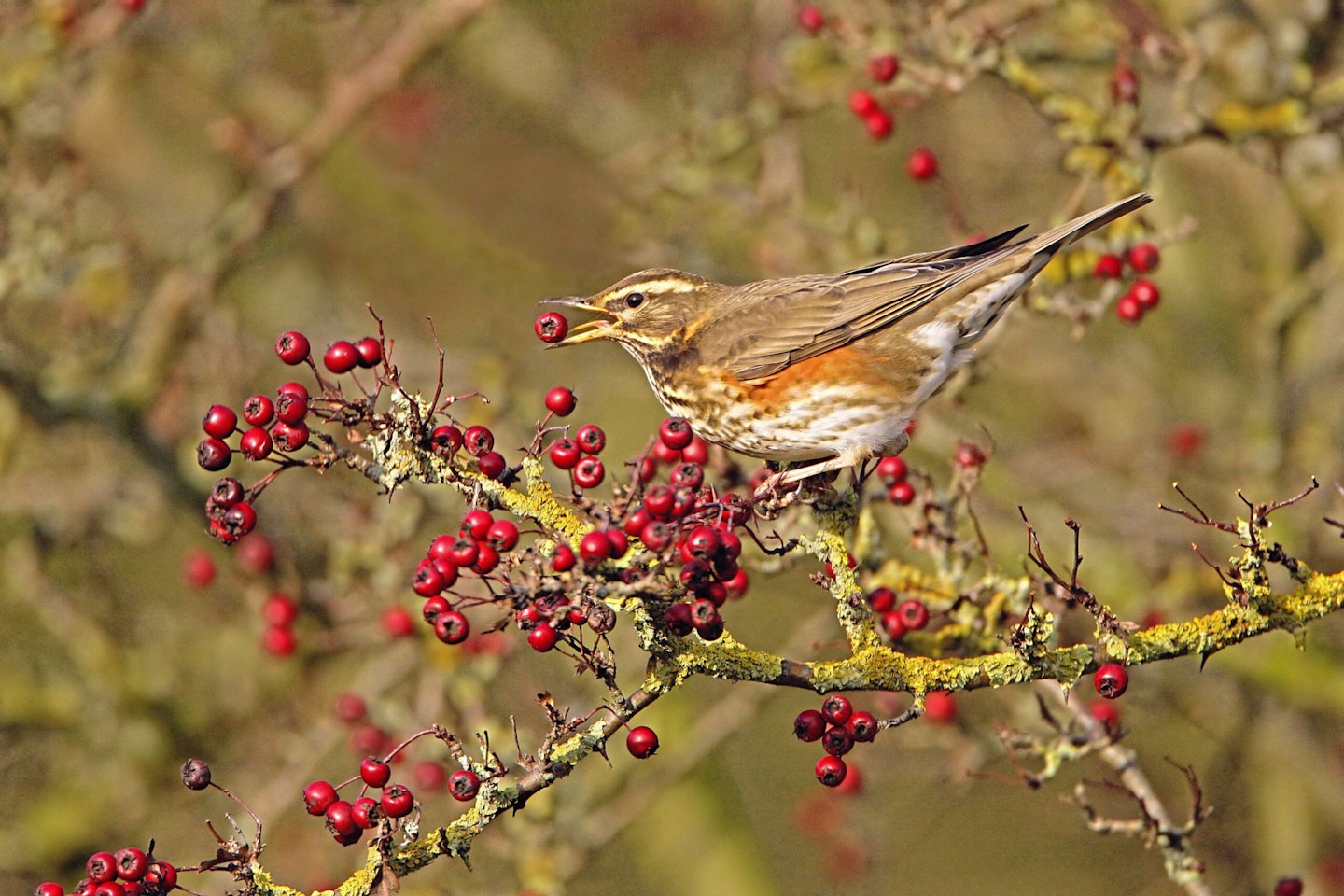
According to ‘official’ sources (BTO/RSPB) an astonishing 8.6 million Redwings winter in the UK. So, the chances are they are not a bird you will ‘need’ for year list. However, they are beautiful birds and well worth a second look. Redwings are our smallest thrushes, a little smaller than Song Thrushes. They have a striking face pattern, with a long, obvious creamy supercilium (the pale ‘eyebrow’ stripe above the eye), as well as a patch of reddish feathering on the flank below the wing. This same colour continues onto the underwing coverts (visible in flight), giving the bird its name. At this time of years, Redwings are often found feeding on berries along hedgerows, often in sizable flocks and maybe mixed with Fieldfares. But they may also be spread across fields (again with fieldfares) feeding on worms or other invertebrates.
Stock Dove
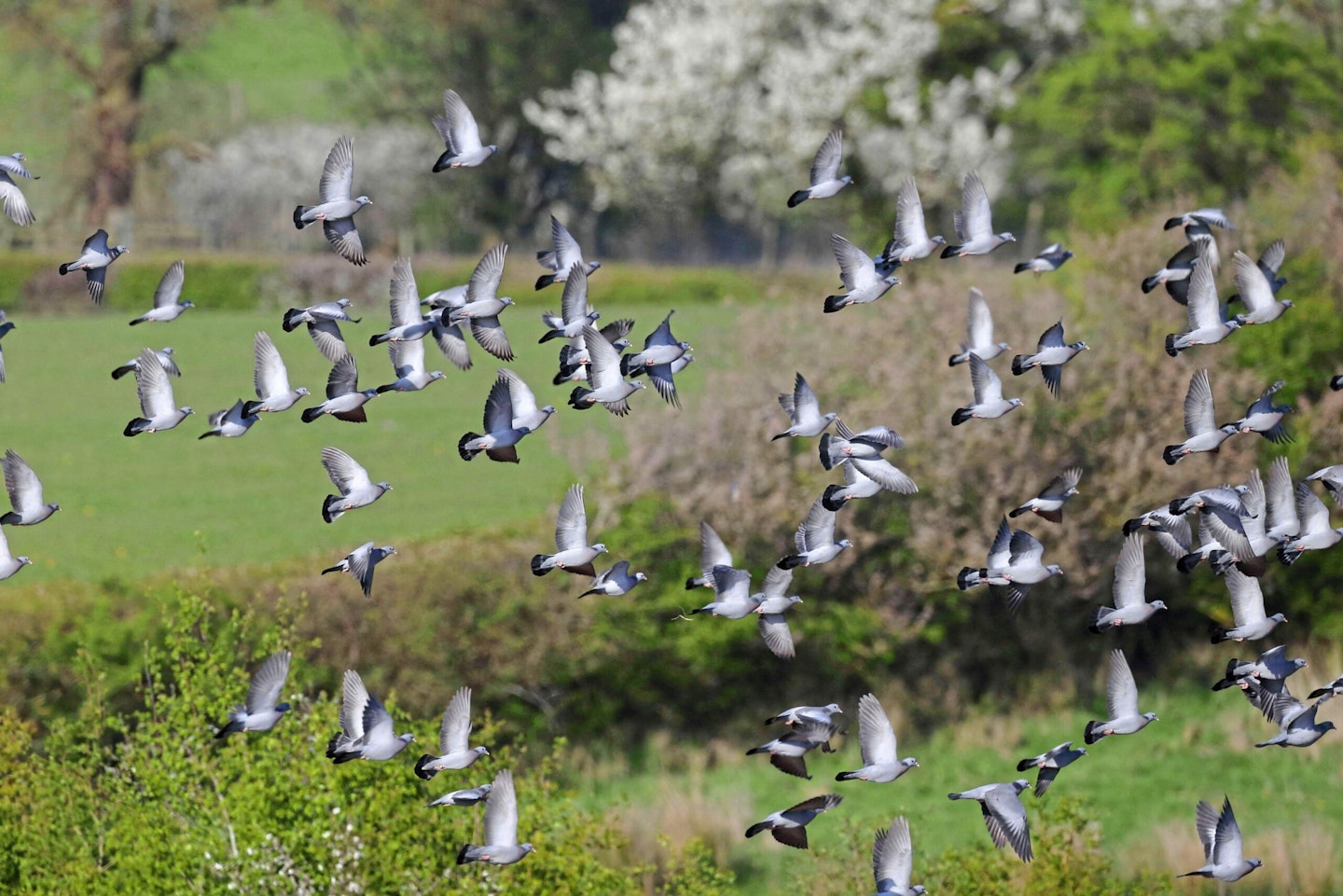
The gorgeous (extremely underrated and overlooked) Stock Dove probably slips under many birders’ radars because of its similarity (at least in size and shape) with the much-maligned Feral Pigeon (and racing pigeon cousins), a species few birders and non-birders have time for. But the Stock Dove is not a Feral Pigeon, it is a lovely blue-grey dove of woodland and open countryside. In winter, it is possible to encounter flocks of Stockies a few hundred strong, in the right areas (usually fields where there is plenty of seedy food). Look for the grey (not white) underwing, the subtle two-tone of the upperwing greys, the lack of a white rump.
Red-necked Grebe
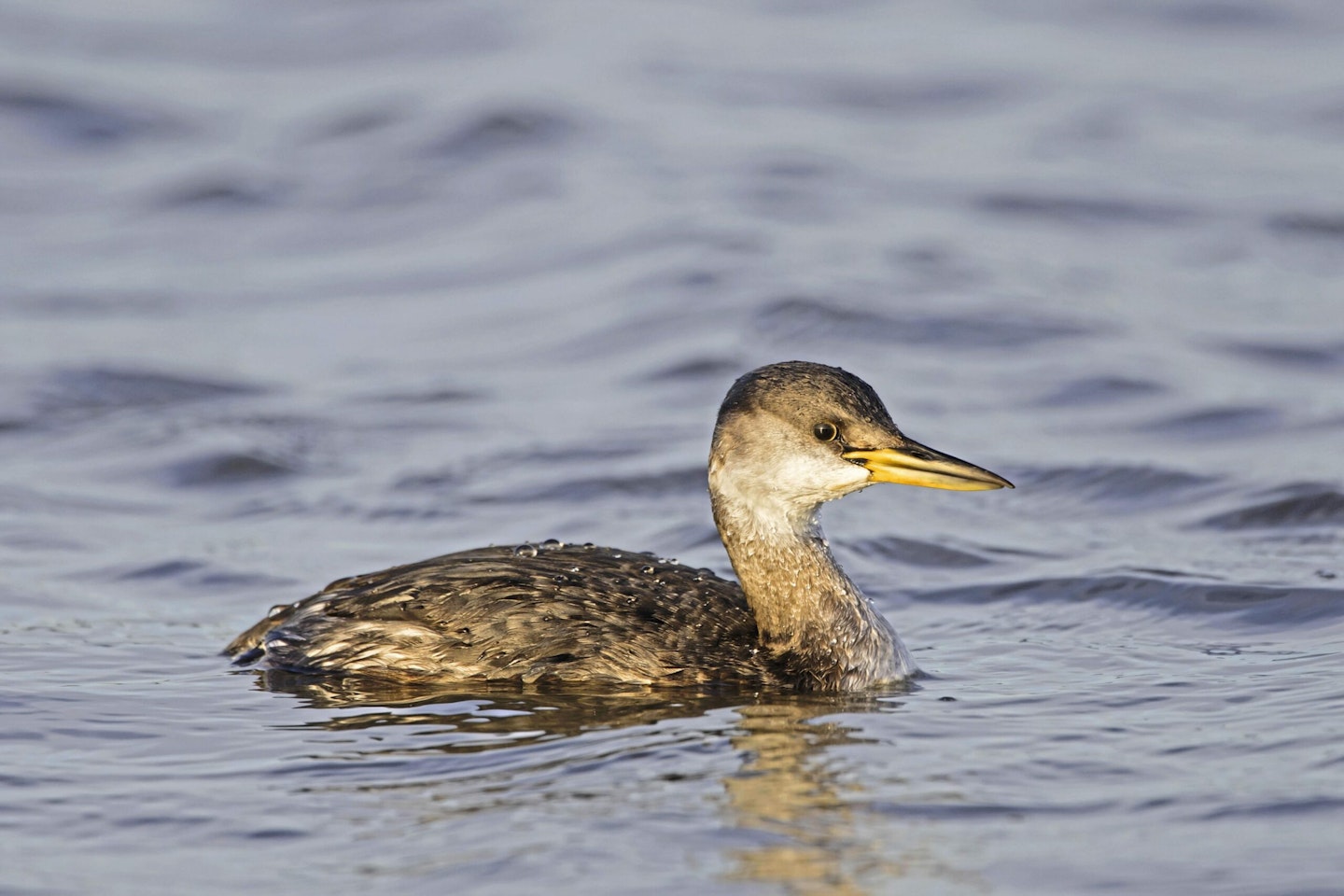
The Red-necked Grebe is a scarce visitor to the UK, with only about 60 individuals found round our coasts (particularly on the east side of the country, as well as the south). Considerably smaller than a great Crested Grebe, it is also an altogether darker, browner bird lacking the extensive white feathering of the larger species. Also, the longish bill is largely yellow rather than pink (or black, as in Slavonian and Black-necked Grebe). Indeed the brown feathering and yellow bill base can cause confusion with the much smaller, shorter-billed Little Grebe.
